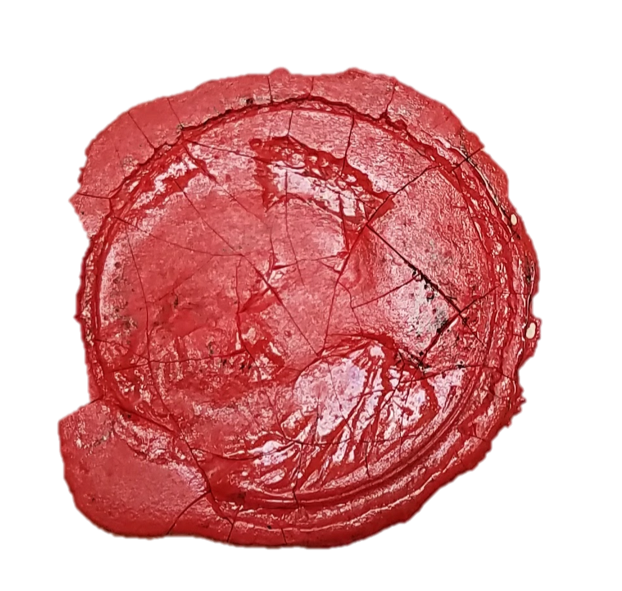https://nsarchive.gwu.edu/project/mexico-project , Accessed October 2, 2018.
Reviewed by Mia Gomez, Graduate Student, Department of History, the University of Texas at Austin
The Mexico Project is a digital resource organized under the private organization the National Security Archive consisting of primary source documents from government agencies in both the United States and Mexico. Authors, journalists, and historians contextualize these documents, including them in specific narratives about important events in Mexican history, such as the Tlatelolco Massacre of 1968, the Corpus Christi Massacre of 1971, and the economic crash of 1976. Journalists and scholars founded the Mexico Project in 1985 to serve several different purposes, such as repository of declassified government records, center for investigative journalism, and institute for international research, leading the charge in public access to information under the U.S. Freedom of Information Act (FOIA). Co-directed by senior analyst of U.S. policy in Latin America, Kate Doyle, and senior analyst and director of the Colombia Project and Mexico Migration Project, Michael L. Evans, The Mexico Project’s main goal has been to identify and disseminate to the public important declassified documents regarding the history of state-sanctioned violence and human rights in Mexico.
The Mexico Project can be accessed under the “Projects” drop-down menu on the National Security Archive’s home page. Users are redirected to the project’s main page where they are shown a brief description of the project and have access to featured stories, blog posts, and previous entries, as well as a short profile of the project’s co-directors. Users can search documents in the Virtual Reading Room, which can be accessed by clicking “Documents” on the menu bar. Here, users are given the option to narrow down their search by month and year. Additionally, documents can be found within the many stories offered on the project’s website. For example, a user interested in researching the Tlatelolco Massacre of 1968 can click on and read the story “The Tlatelolco Massacre: U.S. Documents on Mexico and the Events of 1968” written and edited by the project’s co-director Kate Doyle and published on the website in 2003. Here, users can see how journalists and scholars use the project’s documents within their work, and the documents the authors examine are provided for users toward the bottom of the page upon finishing each story.
The documents included are varied, consisting of government correspondence, agency statements, memorandums of conversations, intelligence reports, letters, police documents, and hospital records. The documents here are organized numerically and by government agency, such as the U.S. Embassy in Mexico, the Central Intelligence Agency (CIA), the Department of State, and the Federal Bureau of Investigation (FBI). Each document contains a brief description of what the user can expect to see upon opening the document, including the date it was written, who wrote or created it, who was the intended audience,what the record contains, its declassified status and sensitivity, and the source wherein which the record was originally found.
The Mexico Project’s chief aim is to disseminate information to the public and to make declassified documents increasingly available in Mexico. With over 1,600 Freedom of Information requests having been filed by the project since 1994, its existence specifically as a digital archive has sparked debates over freedom of information in Mexico since its inception in 1985. The project’s goals also demonstrate how archives can act as centers of activism within a given community. Kristen Weld’s Paper Cadavers: The Archives of Dictatorship in Guatemala, published in 2014, echoes this point, asserting that archival creation reveals how communities understand both their past and present. Although Weld’s work focuses on the preservation and digitization of Guatemalan police records, her analysis demonstrates how the information contained within a particular document can be reimagined within the context it is rediscovered. For the archivists working on the Mexico Project, the documents are not only political within the context they were created, but their declassification reminds the community about its traumatic history, as well as addressing issues of government transparency and violence in the modern era.
With that being said, the biggest opportunity for researchers and writers is with the website’s lack of updated material. A three-year gap exists between the most recent story, having been published on October 2, 2018, and the previous story dating back to 2015. Although the Mexico Project features publications by online media that cite the project and its contributors, the website could benefit from more regular postings and a more diverse set of stories. Because of the lack of narrative variety, scholars now have opportunities to reimagine and reinterpret the National Security Archive’s holdings. Many of the posts concentrate on a set of specific historical events, such as massacres and narco-related terrorism. While these stories are important and useful for both scholars and community activists, there exists a gap waiting to be filled by a variety of stories and methodological and theoretical approaches.
